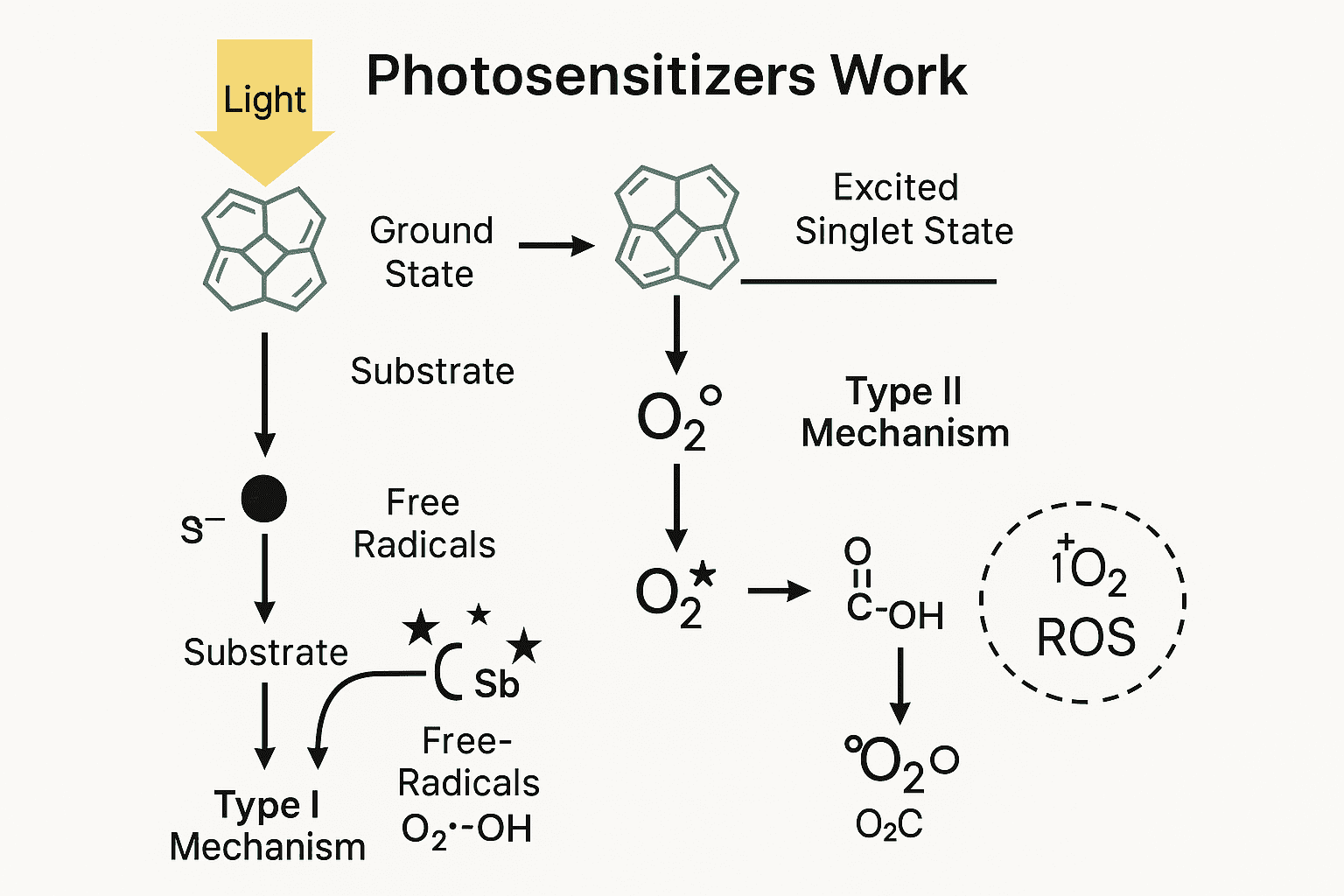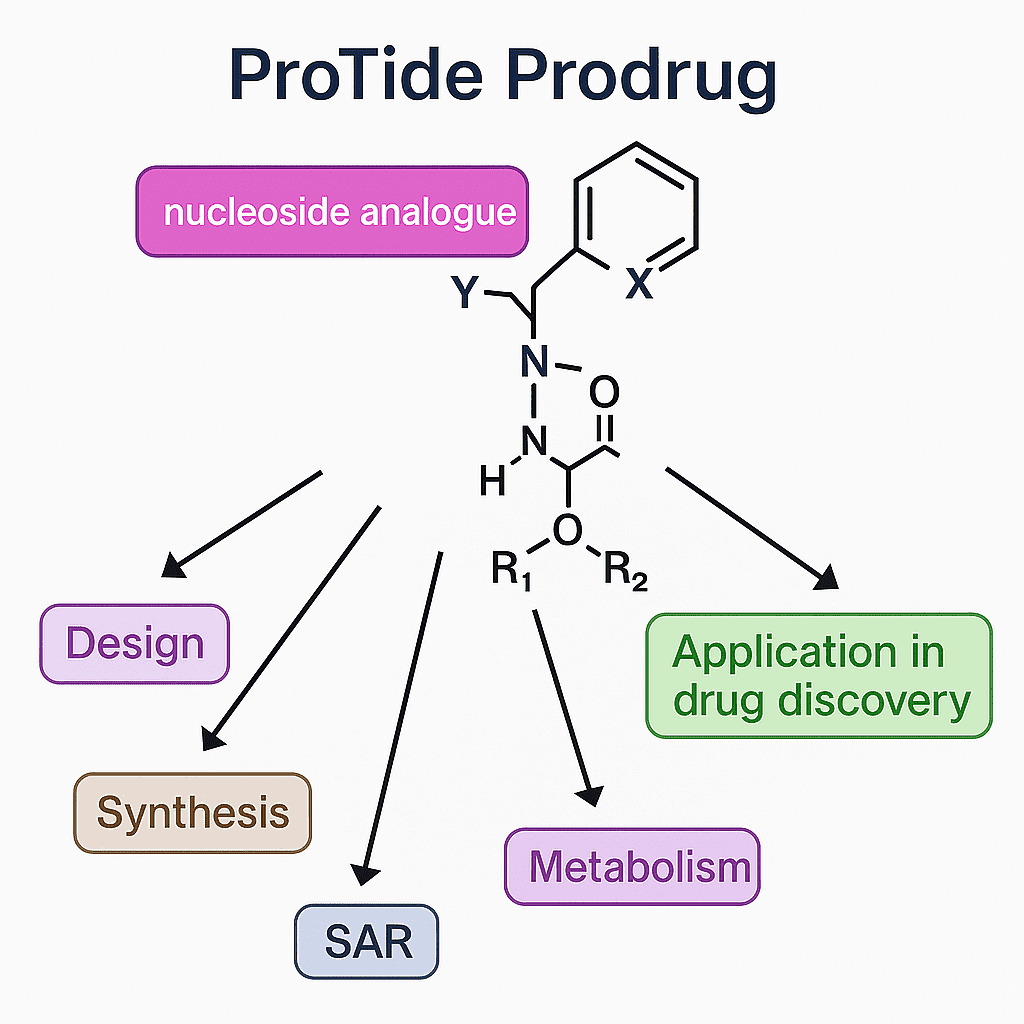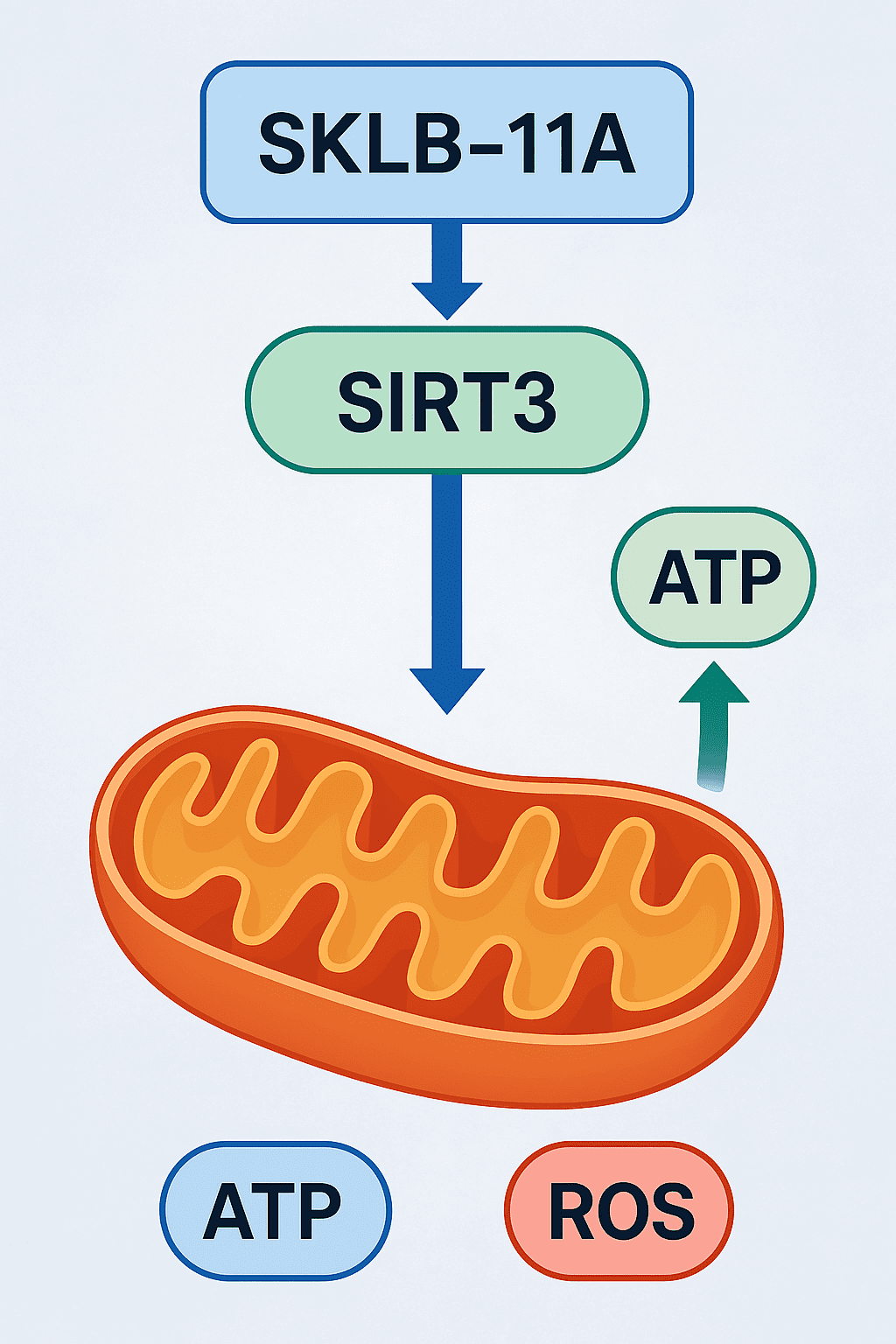Revolutionizing Diabetes Treatment: The Promise of an Oral GLP-1 Receptor Agonist
Abstract
This blog post discusses the significant findings from the research by Griffith et al., which introduces a small molecule oral agonist for the glucagon-like peptide-1 (GLP-1) receptor. The study addresses critical limitations associated with current injectable GLP-1 receptor agonists, emphasizing the importance of developing patient-friendly oral formulations. With the global rise in obesity and type 2 diabetes, this innovation holds promise for improving patient adherence to treatment regimens and enhancing glycemic control. The implications extend to future research, encouraging the exploration of combination therapies and personalized medicine approaches. Overall, this advancement represents a pivotal step towards more effective and accessible diabetes management strategies.
Introduction
Glucagon-like peptide-1 (GLP-1), a neuroendocrine hormone, is derived from a proglucagon precursor1 and secreted by intestinal enteroendocrine L cells in response to nutrient intake, predominantly in the form of GLP-1(7−36) amide (henceforth GLP-1). Activation of the GLP-1 receptor (GLP-1R) by GLP-1 stimulates insulin release and inhibits glucagon secretion in a glucose-dependent manner. Also, GLP-1R agonism delays gastric emptying, increases satiety, suppresses food intake, and reduces weight in humans. Multiple injectable peptidic GLP-1R agonists are approved for the treatment of type 2 diabetes mellitus (T2DM), including liraglutide and semaglutide, which are also approved for the treatment of obesity. Excitement has grown in this drug class, with several GLP-1R agonists demonstrating benefit in cardiovascular outcome studies. A drawback of these medicines has been the necessity to administer them via subcutaneous injection, which limits patient utilization and may reduce opportunities for fixed dose combination treatments with other small-molecule therapies for cardio-metabolic diseases. Importantly, patients prefer, and are more likely to adhere to, an oral drug regimen versus an injectable alternative. An orally administered formulation of the peptidic GLP-1R agonist semaglutide was recently approved for the treatment of T2DM. This peptidic drug is coformulated with sodium N-[8-(2-hydroxybenzoyl)amino]-caprylate, a gastric absorption enhancer, to promote oral bioavailability. The dosage must be taken once daily in a fasted state with minimal liquid and at a dose substantially larger than that of the approved once-weekly injectable formulation. In contrast, the GLP-1R agonists disclosed herein are traditional small molecules that are orally bioavailable in standard formulations (e.g., methylcellulose) and have the potential to be combined with other oral small-molecule therapeutics.

Figure 1. Identification of small-molecule GLP-1R agonists in a CHO-GLP-1R cellular assay in the absence or presence of the positive allosteric modulator BETP.
The GLP-1R is a seven-transmembrane-spanning, class B, G protein-coupled receptor (GPCR). Class B GPCRs, includ-ing the GLP-1R, are activated by endogenous peptide hormones, and the development of small-molecule agonists of these receptors has proven to be particularly challenging. Significant prior efforts across the pharmaceutical industry have generally failed to identify potent and efficacious smallmolecule agonists of the GLP-1R, although a recent report has revealed the identification of a potent, nonpeptidic orally active agonist series (exemplified by LY3502970), which is structurally distinct from danuglipron. Given the significant therapeutic value of this mechanism, we pursued a novel high-throughput creening (HTS) strategy that identified a series of small-molecule fluoropyrimidine-based GLP-1R agonists.
Background Information
Glucagon-like peptide-1 (GLP-1) is a 30-amino acid peptide hormone that plays a critical role in glucose homeostasis and energy balance. It is primarily secreted by the L-cells of the intestines in response to food intake, acting as an incretin hormone that stimulates insulin secretion in a glucose-dependent manner while inhibiting glucagon release from the pancreas. This intricate hormonal interplay not only lowers blood glucose levels but also promotes satiety, thus influencing appetite regulation.
Despite the promise of GLP-1 in diabetes management, existing GLP-1 receptor agonists (GLP-1 RAs) have largely been limited to injectable forms. These medications, while effective in improving glycemic control and promoting weight loss, often face challenges related to patient adherence and acceptance. Moreover, the pharmacokinetics of injected GLP-1 RAs can be a limitation, necessitating frequent dosing schedules that may deter long-term use.
Research into oral GLP-1 RAs aims to overcome these obstacles by developing small molecule agonists that can provide the same therapeutic benefits without the need for injections. This shift in focus has sparked interest in new delivery methods and formulations that enhance bioavailability while ensuring optimal receptor activation. Recent studies have explored various approaches, including formulations that protect GLP-1 from degradation in the gastrointestinal tract and enhance its absorption into the bloodstream.
The potential for oral GLP-1 therapeutics represents a significant advancement in diabetes and obesity treatment. As the prevalence of these conditions continues to rise globally, the need for innovative and patient-friendly treatment options becomes increasingly critical. The development of small molecule oral agonists could revolutionize the landscape of GLP-1 therapies, improving patient compliance and ultimately leading to better health outcomes.
Key Findings of the Paper
The study by Griffith et al. presents groundbreaking insights into the development of a small molecule oral agonist for the human glucagon-like peptide-1 (GLP-1) receptor. This research addresses a critical gap in diabetes treatment options, focusing on the need for an effective oral formulation that can replicate the effects of existing injectable GLP-1 receptor agonists.
One of the study’s primary findings is the identification of a specific small molecule that demonstrates high affinity and selectivity for the GLP-1 receptor. The authors employed rigorous in vitro and in vivo experiments to validate the efficacy of this compound, revealing its ability to activate the receptor and stimulate insulin secretion in a glucose-dependent manner. This mechanism is crucial for managing hyperglycemia, particularly in individuals with type 2 diabetes .
Additionally, the study highlights the pharmacokinetic properties of the small molecule agonist. Unlike traditional GLP-1 therapies, which are susceptible to degradation in the gastrointestinal tract, this oral formulation has been engineered for improved stability and absorption. The authors conducted pharmacokinetic studies that demonstrated favorable bioavailability, suggesting that the compound can effectively reach systemic circulation when administered orally.
Another significant aspect of the research is the demonstration of the agonist’s weight loss effects. Animal models showed a reduction in body weight and improvement in metabolic parameters, indicating that this small molecule could have dual benefits for individuals with obesity and type 2 diabetes.
Overall, the findings from Griffith et al. represent a promising advancement in GLP-1 receptor research. By providing an oral option, this study not only enhances the therapeutic landscape for diabetes management but also opens avenues for further research into similar compounds that could improve patient compliance and outcomes.
Implications for Future Research and Medicine
The findings from Griffith et al. regarding the small molecule oral agonist for the GLP-1 receptor represent a significant leap forward in the management of type 2 diabetes and obesity. The introduction of an oral formulation has the potential to enhance patient adherence, as many individuals prefer oral medications over injections due to the convenience and ease of administration. This shift could lead to more widespread use of GLP-1 receptor agonists, thereby improving overall metabolic control in a larger population.
Moreover, the implications extend beyond mere convenience. By demonstrating that a small molecule can effectively activate the GLP-1 receptor, this research paves the way for the exploration of other similar compounds that could target different receptors involved in glucose metabolism and appetite regulation. Future studies could investigate the synergistic effects of combining this oral GLP-1 agonist with other diabetes medications, potentially leading to more effective multi-drug regimens.
Additionally, the development of oral GLP-1 therapeutics opens up avenues for addressing comorbidities associated with obesity and type 2 diabetes, such as cardiovascular diseases and fatty liver disease. As research progresses, understanding the broader metabolic effects of these compounds could lead to comprehensive treatment strategies that target multiple aspects of metabolic syndrome.
Another key area for future research lies in the long-term safety and efficacy of the small molecule agonist. Clinical trials will be essential to establish not only its effectiveness in diverse populations but also its safety profile over extended use. Addressing these questions will be critical to gaining regulatory approval and ensuring that the treatment is suitable for widespread clinical application.
In conclusion, the implications of Griffith et al.’s research are profound, offering new hope for improving the management of metabolic disorders. As researchers continue to investigate the potential of oral GLP-1 receptor agonists, the landscape of diabetes treatment could change dramatically.
Conclusion
The research conducted by Griffith et al. represents a pivotal advancement in the field of diabetes treatment by introducing a small molecule oral agonist for the GLP-1 receptor. This study not only addresses the limitations associated with current injectable therapies but also holds the promise of transforming the landscape of diabetes management. With an increasing global prevalence of obesity and type 2 diabetes, the need for effective, patient-friendly treatment options has never been more urgent.
The implications of this research extend far beyond the laboratory. By offering an oral alternative to GLP-1 receptor agonists, this innovation could significantly improve patient adherence to treatment regimens, thereby enhancing glycemic control and reducing the risk of diabetes-related complications. As patients often prefer oral medications due to their convenience, the adoption of such therapies could lead to better health outcomes across diverse populations.
Furthermore, the findings encourage ongoing exploration into similar small molecules that may target the GLP-1 receptor and other metabolic pathways. Future studies could investigate the potential for combination therapies that leverage the mechanisms of GLP-1 alongside other diabetes medications, optimizing treatment efficacy .
In summary, the introduction of an oral GLP-1 receptor agonist marks a significant milestone in diabetes research and treatment. As further clinical trials and studies are conducted to validate the efficacy and safety of this compound, the hope is that such innovations will lead to more personalized, effective therapeutic strategies. The journey toward improved diabetes management is ongoing, but the promising results from Griffith et al. pave the way for a brighter future in metabolic health.
Reference
- Griffith, D. A., & Others. (2022). A small molecule oral agonist of the human glucagon-like peptide-1 receptor. Cell, 185(3), 350-364.
- Buse, J. B., & Wexler, D. J. (2020). The role of glucagon-like peptide-1 in diabetes management. Diabetes Care, 43(6), 1379-1389.
- Buse, J. B., Wexler, D. J., Tsapas, A., et al. (2020). Management of hyperglycemia in type 2 diabetes, 2020. Diabetes Care, 43(1), 232-235.
- Drucker, D. J. (2018). The cardiovascular biology of glucagon-like peptide-1. Cell Metabolism, 27(5), 1006-1009.
- Zhang, Y., Xie, C., & Zhang, Z. (2019). Oral delivery of GLP-1 receptor agonists: A review of current strategies. Current Diabetes Reports, 19(11), 106.
- Packer, M., & Anker, S. D. (2021). GLP-1 receptor agonists in heart failure: A review of the evidence. European Heart Journal, 42(25), 2391-2401.
- Bennett, W. L., & Maruthur, N. M. (2020). GLP-1 receptor agonists and cardiovascular outcomes in type 2 diabetes: A systematic review and meta-analysis. Diabetes Care, 43(8), 1923-1929.
- van Can, J., & Struik, D. (2018). Glucagon-like peptide-1 receptor agonists: A new option for weight management. Nature Reviews Endocrinology, 14(4), 205-219.
- Parker, M. (2020). Mechanisms of GLP-1 receptor agonists: An overview. Diabetes, 69(2), 145-152.
- Zhou, J., & Wang, Y. (2021). Advances in GLP-1 receptor agonists for diabetes treatment: A review. Frontiers in Endocrinology, 12, 678321.




